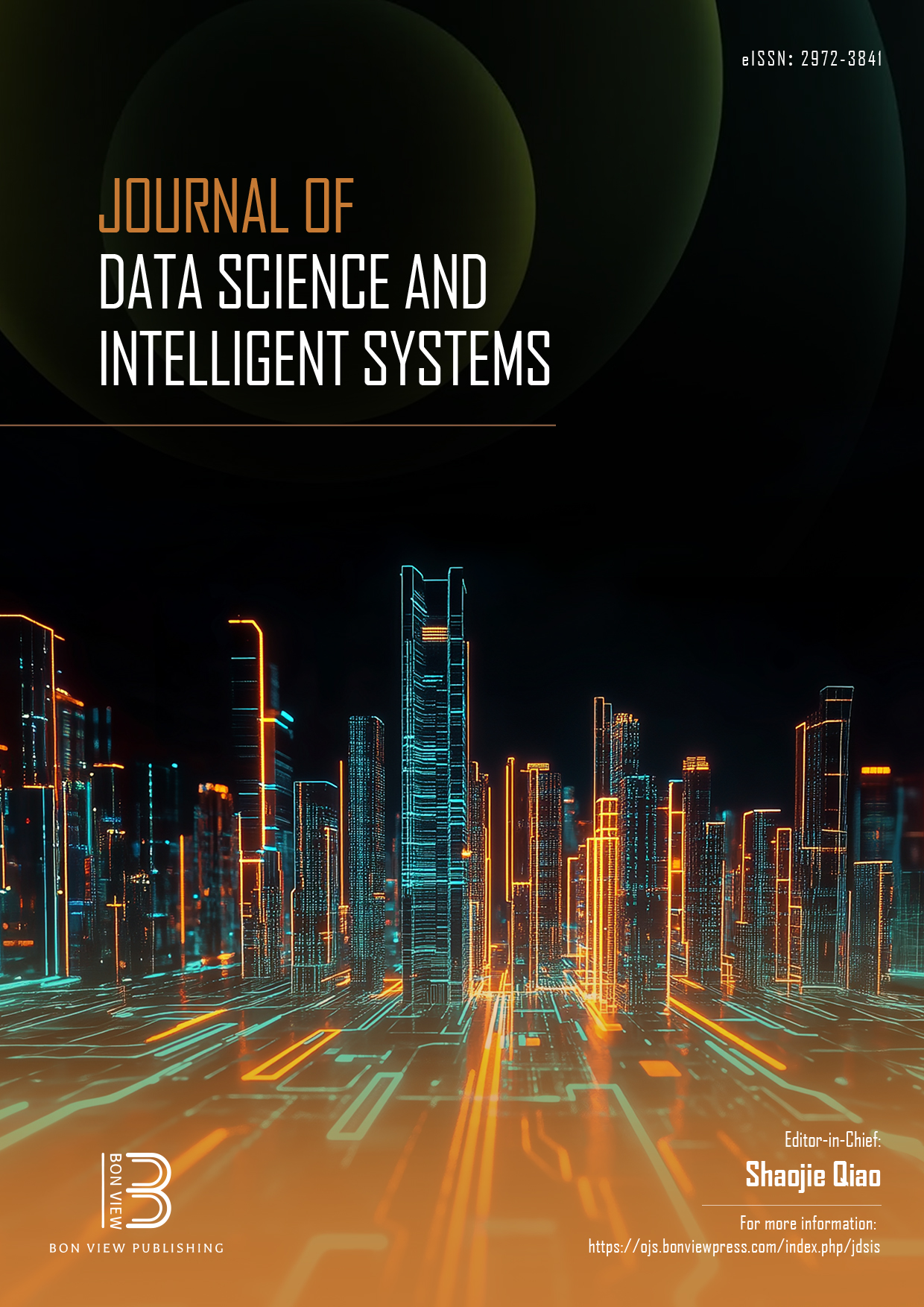A Systematic Review of Techniques for Early-Stage Alzheimer's Disease Diagnosis Using Machine Learning and Deep Learning
DOI:
https://doi.org/10.47852/bonviewJDSIS52025037Keywords:
AD, mild cognitive impairment, MCI, MRI, neurodegenerative disorders, neuroimaging, PETAbstract
Alzheimer's disease (AD) is a brain-related disease in which the patient's condition worsens over time. Early diagnosis of AD is uniquely challenging due to its primarily neurological and cognitive anomalies, such as beta-amyloid plaque accumulation, tau tangles, and hippocampal atrophy, which are subtle and slowly progressive. Unlike diseases with clear physical or biochemical markers, AD anomalies often overlap with normal aging and require analyzing complex data such as brain imaging and cognitive tests. This study reviews various machine learning and deep learning techniques for early AD detection. The findings reveal that deep learning techniques, especially convolutional neural networks (CNNs), and hybrid architectures such as VGG16 and CNN–long short-term memory models achieve near-perfect performance (accuracy of 99.95% and 99.92%, respectively), while traditional models such as support vector machines excel in smaller datasets (accuracy between 90% and 96%) due to their simplicity and interpretability. The combination of multimodal data (magnetic resonance imaging, positron emission tomography, and cerebrospinal fluid biomarkers) significantly improved diagnostic performance, indicating the potential of innovative artificial intelligence (AI) methods in early AD identification. However, deep learning faces key limitations, including high computational demands, lack of interpretability, and reliance on large, annotated datasets, which can hinder clinical applicability. By pursuing learning techniques, such as transfer learning, to reduce data needs and explainable AI to achieve interpretability, researchers and developers can overcome the bottlenecks and enhance the accuracy and efficiency of real-world AD diagnosis.
Received: 17 December 2024 | Revised: 9 April 2025 | Accepted: 1 July 2025
Conflicts of Interest
The authors declare that they have no conflicts of interest to this work.
Data Availability Statement
Data are available on request from the corresponding author upon reasonable request.
Author Contribution Statement
Md Minul Alam: Conceptualization, Methodology, Software, Validation, Formal analysis, Investigation, Resources, Data curation, Writing – original draft, Writing – review and editing, Visualization. Shahram Latifi: Conceptualization, Methodology, Software, Validation, Formal analysis, Investigation, Resources, Data curation, Writing – original draft, Writing – review & editing, Visualization, Supervision, Project administration.
Downloads
Published
Issue
Section
License
Copyright (c) 2025 Authors

This work is licensed under a Creative Commons Attribution 4.0 International License.


